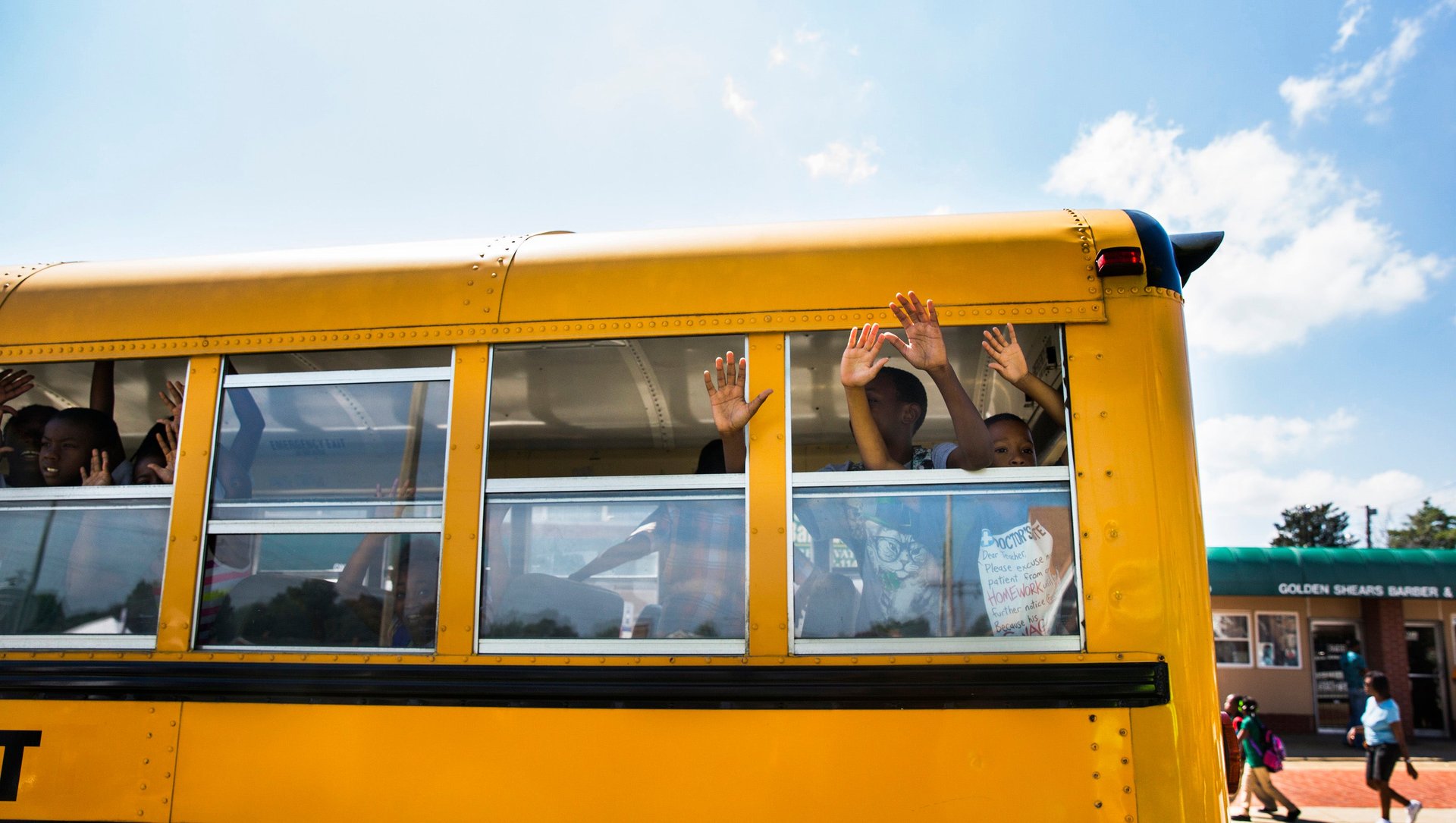High school students are missing out on $2 billion in free financial aid
It’s every parent’s delirious hallucination: free money for college, simply dropping into their laps. Yet not enough of them realize that fantasy can actually come true.


It’s every parent’s delirious hallucination: free money for college, simply dropping into their laps. Yet not enough of them realize that fantasy can actually come true.
The US government awards federal, state, and institutional money every year to students who fill out the Free Application for Federal Student Aid (FAFSA) and meet certain household-income qualifications. But if students don’t complete or submit the form, they don’t stand a chance at getting any of it. According to a new analysis from personal finance site NerdWallet, the high school class of 2017 collectively left $2.3 billion in free federal grant money for college on the table.
By looking at data supplied by the US Education Department and the Florida College Access Network, NerdWallet found that 1,234,249 high school students didn’t fill out the FAFSA in the 2016-2017 academic year—though roughly 50% of students actually qualified for Pell Grants, a type of federal aid awarded to low-income households that does not need to be repaid in the future. Pell’s maximum payout is around $6,000, and Pell-eligible students missed out on an average grant size of $3,583. That brings the total forgotten amount to $2,319,016,315.
College in America these days is both increasingly necessary for work and maddeningly expensive. (Going to university is like “buying a brand-new Lexus and driving it off a cliff, four years in a row,” an admissions counselor once very memorably, and very unhelpfully, said to my parents when I was applying to schools myself.) Federal student loans—which tend to come with more repayment options and better interest rates than private loans—are a decent way to help families shoulder the cost. Many just need to be reminded that they’re available.